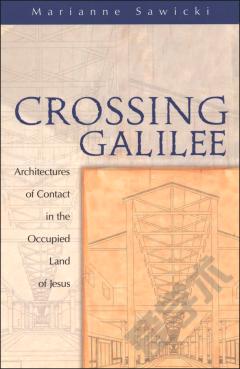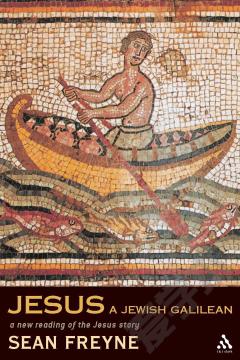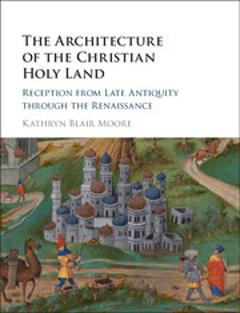Crossing Galilee —— Architectures of Contact in the Occupied Land of Jesus
----- 穿越加利利:耶稣被占领土上的联络建筑
Recent books about Jesus and early Christianity can be divided into two kinds: those that examine the life and work of the historical Jesus prior to his death and those that reconstruct events between Jesus' death and the writings of the first Gospels. Sawicki's provocative book challenges the results of both kinds of research by using both archaeology and anthropology to situate Jesus clearly in his Galilean cultural context.Sawicki contests recent portraits of Jesus as a Mediterranean peasant, a Cynic sage, or the convener of a fellowship of equals. In addition, she calls into question readings of ancient Galilee that emphasize it as a society marked simply by economic stratification or by an "honor-shame" sociology. Rather, she discovers the Galilean Jesus' indigenous cultural idiom in its material structures for the negotiation of kinship, the management of labor, the distribution of commodities, and the construction of gender.Sawicki's book is the first to balance classical urban archaeology against the more recent archaeology of villages and of local and regional commerce. It frames current issues in Jesus research in terms that can guide both ongoing village excavations in Israel and responsible exegesis of the Gospels in church and academy.Marianne Sawicki is the author of Seeing the Lord: Resurrection and Early Christian Practices.For: Seminarians; graduate students; biblical archaeologists
{{comment.content}}








 京公网安备 11010802027623号
京公网安备 11010802027623号